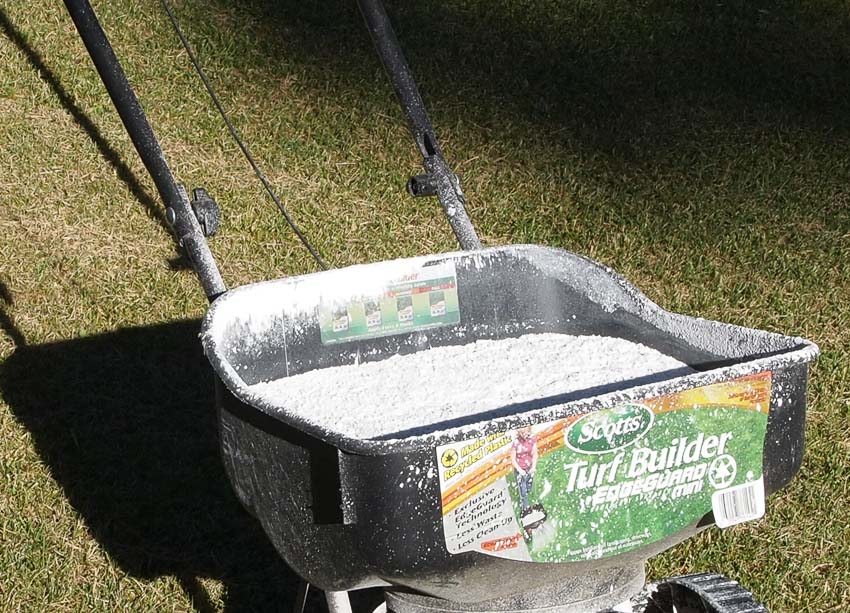A Comprehensive Step-by-Step Guide
The health of your lawn depends on many factors, and in some regions, changing the pH levels of your soil by adding lime is just as critical as mowing and watering, particularly in naturally acidic places. This guide will help you understand soil pH and why your lawn needs lime. With step-by-step instructions, you’ll also learn when and how to apply lime to lawns.
The Importance of Soil pH for a Healthy Lawn
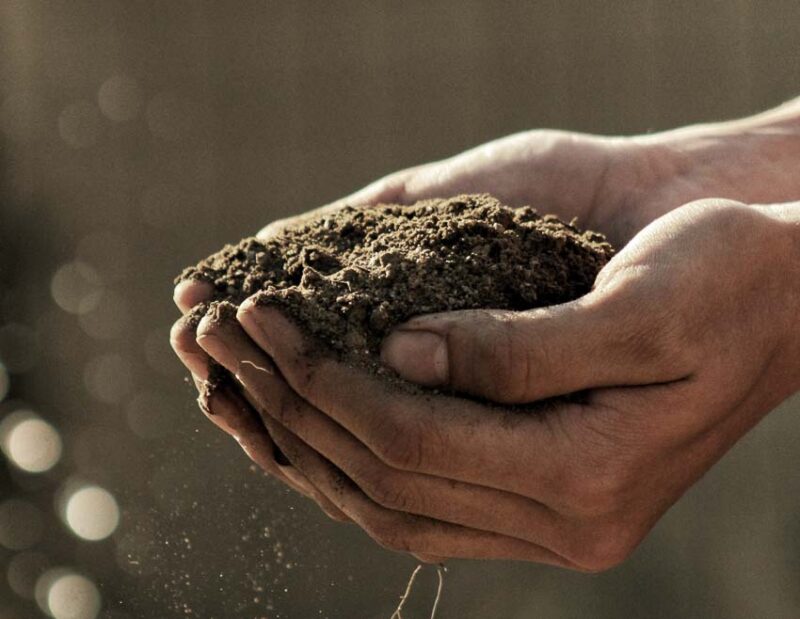
Soil pH plays a critical role in the types of nutrients available to plants. Complex chemical processes affect which nutrients are soluble at different pH levels. Some nutrients are more prevalent in acidic soils, while others absorb better in alkaline soils.
What is Lime and Why Your Lawn Needs It
Lime for lawns is a product of ground limestone, a sedimentary carbonate rock mined in many parts of the world. As a soil amendment, some refer to lime as garden lime or agricultural lime. Available as a fine powder or as pellets, lime frequently comes in 25 to 40-pound bags.
The Two Types of Lime: Calcitic and Dolomitic
Calcium carbonate and dolomite are the two types of lime to use on your lawn. They are both made from ground limestone, which occurs naturally as carbonate rock.
About one-quarter of the world’s sedimentary rock is carbonate, and most of that is limestone. The rest of the carbonate rock is dolomite , which contains large amounts of magnesium.
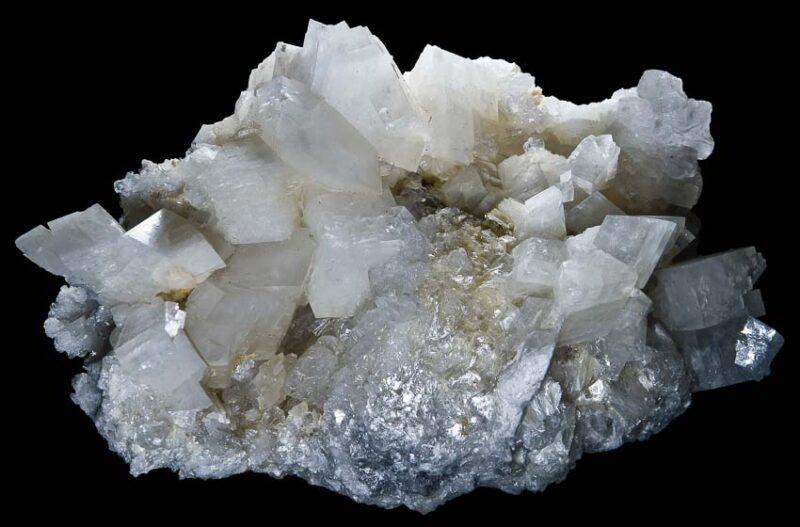
Many often prefer calcitic to dolomitic lime because it neutralizes soil acids faster. Calcitic lime also provides more calcium to plants, which is important for the growth of cellular walls.
People usually choose dolomitic lime when their soil is deficient in magnesium.
Benefits of Liming a Lawn
A lush green lawn starts with healthy soil. However, if your soil is acidic, essential nutrients are insoluble, meaning plants can’t absorb them.
Also, in acidic soils, some minerals become available in toxic quantities. When you lime your lawn, these toxic minerals are less prevalent.
Lime isn’t a substitute for fertilizer, but it can promote healthy lawns by changing which nutrients are available to plants.
It boosts your soil’s pH, and nutrients like phosphorus, which are essential to healthy lawns, are more easily dissolved and absorbed. Garden lime also contains high levels of calcium and magnesium, which benefit lawn growth.
Acidic soils are high in aluminum, iron, and manganese.
Aluminum toxicity affects cell division and root growth and is a major cause of crop failures worldwide. Too much iron and manganese in the soil cause stunted growth and browning leaves.
Understanding Soil pH
Before applying lime to your lawn, it’s helpful to have a basic understanding of soil pH.
What is Soil pH?
Measurements of acidity and alkalinity are indicated by the “potential of hydrogen,” or pH. The pH level describes the concentration of hydrogen ions based on a scale from 0 to 14.
Most soils typically have pH levels between 3.5 and 10, with anything over 9.0 considered very strongly alkaline.
| Soil Type | pH Level | Plant Growth |
| Acidic | Under 5.5 | Critical nutrients like nitrogen, phosphorus, and potassium can’t be absorbed, and minerals like aluminum and iron occur at toxic levels. |
| Neutral | Between 5.5 to 7.5 | Best for most plants, fungi, and microorganisms. |
| Alkaline | Above 7.5 | Phosphorus and trace minerals like manganese, iron, and zinc become less available. |
Soil pH changes in your lawn over time depending on how much rainfall you get, the type of soil you have, and how much fertilizer you add. Areas with heavy rainfall often need regular applications of lime.
In loose soils, heavy water filtration from watering and rainfall will leach away calcium, while in compacted, clay soils where water is scarce, soils become more alkaline.
How to Test Soil pH

A home soil test kit will determine the soil pH, but it won’t give you enough information to help you determine how much lime to use on your lawn. Laboratory tests are much more accurate.
Contact your local extension office to obtain a soil test kit and find laboratories in your area. Soil test results will consider the type of soil you have to help determine how much and how often you need to add lime.
Ideal pH Levels for a Healthy Lawn
All plants have an optimum pH range, and for grass, the best soil pH is 5.8 to 7.2. When you try to grow a lawn in soils with a lower pH, the grass struggles to compete with weeds, and fewer organisms break down organic matter.
When to Lime a Lawn
Since the health of your lawn depends on so many factors, it can take time to tell what it needs. There are several signs that your lawn needs lime, but you should always test your soil to determine when to put lime on your lawn.
Signs Your Lawn Needs Lime
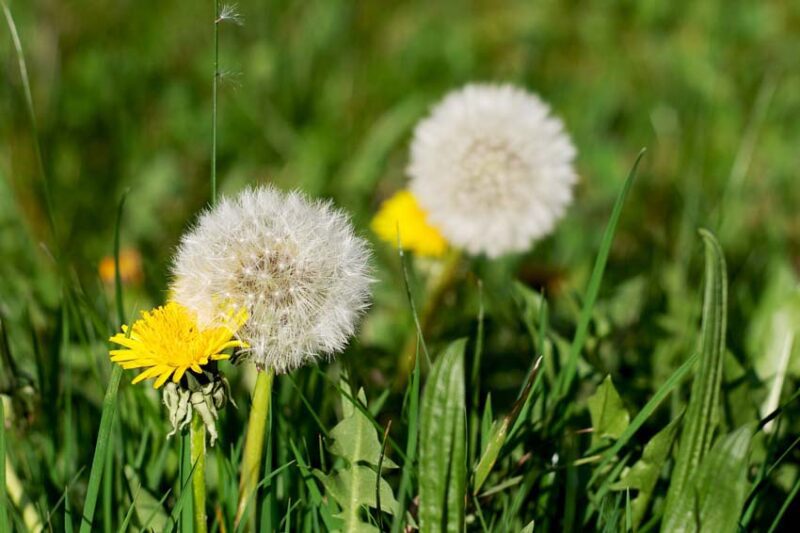
Here are some of the signs that your lawn needs lime:
- Yellowing grass, even after you fertilize.
- Weeds are thriving, but your grass isn’t.
- You live in a region with heavy rainfall.
- Pesticides and herbicides are ineffective.
Seasonal Considerations for Liming
Liming takes time, so it’s important to plan ahead. Lime can take up to two years to react and balance out the acidity in your soil.
Fall and early winter are the best times to apply lime because the precipitation and cycles of freezing and thawing help break down the lime particles. Then, when spring comes around, your grass will have more nutrients available.
Spring is another good time to apply lime. If you’re planting a new lawn, be sure to work some lime into the soil before you plant. If you’ve already planted, wait until your grass is at least a month old before applying lime.
How to Lime a Lawn: Step-by-Step Guide
For best results, follow these steps when applying lime to your lawn. Always conduct a soil test to determine the soil pH and learn which nutrients are available in your soil.
Step 1: Choose the Right Type of Lime
After you test your soil, choose the best lime for your soil. Calcitic lime is best for most lawns, but if your soil is deficient in magnesium, dolomitic lime will provide both calcium and magnesium.
You can also choose between powdered and pelleted lime. Both are made from finely pulverized limestone, but the main difference is how easy they are to handle.
Powdered lime is dusty and messy to work with, while pelleted lime is easier to handle and apply evenly.
Refrain from confusing agricultural lime, or aglime, with quick lime. Quick lime, or calcium oxide, is much more caustic. It is also known as hydrated, pickling, builder’s, or burnt lime.
Step 2: Determine the Amount of Lime Required
Your soil test results will recommend how many 25-pound bags of pure liming material you need to add to your lawn per 1,000 sq ft. The recommendation is based on pure calcium carbonate, with a calcium carbonate equivalent (CCE) of 100 percent. The quality of lime varies, and you must factor the CCE into your calculations.
The CCE should be listed on the packaging. Once you know the CCE, use the following equation to calculate how much lime to use on your soil.
- The recommended amount of lime per 1,000 sq ft, divided by the CCE multiplied by 100 equals the amount of lime to use per 1,000 sq ft.
For example, if 30 pounds of lime per 1,000 sq ft is recommended, and you’re using lime with a CCE of 90%, then the calculations are as follows:
- (30 pounds/90 CCE) x 100 = 33.33 pounds per 1,000 sq ft.
To find out how many pounds of lime you need, determine the square footage of your lawn. Measure the length and the width, and multiply them together. Divide that number by 1,000, and then multiply the result by how many pounds per 1,000 sq ft you need.
Step 3: Prepare Your Lawn for Liming
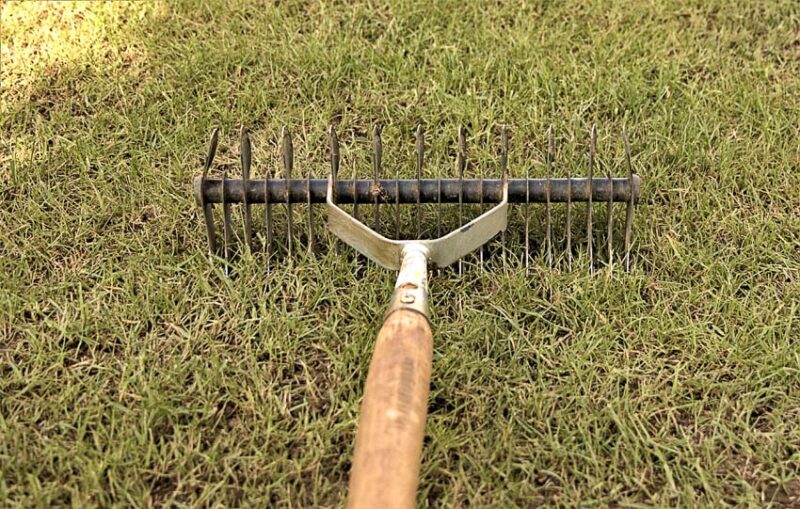
Thick layers of thatch and heavily compacted soils will prevent absorption, so you must prepare your lawn before applying lime. However, if you are growing cool-season grasses, you can dethatch, aerate, and lime your lawn in the fall.
However, warm-season grasses need some thatch for protection during the winter, so the best time to dethatch them is during the spring and summer. Dethatch and aerate in late spring, then apply lime right after or wait until fall.
Step 4: Apply Lime Evenly Across Your Lawn
Ensure the even application of lime by using a crisscross pattern. First, spread half the lime by working across your lawn in rows headed north to south, and spread the second half in rows headed east to west.
You can use the same spreader you use for seeding and fertilizing. Application is easy if you’re using pelleted lime, but if you’re using powdered lime, it can get a little messy.
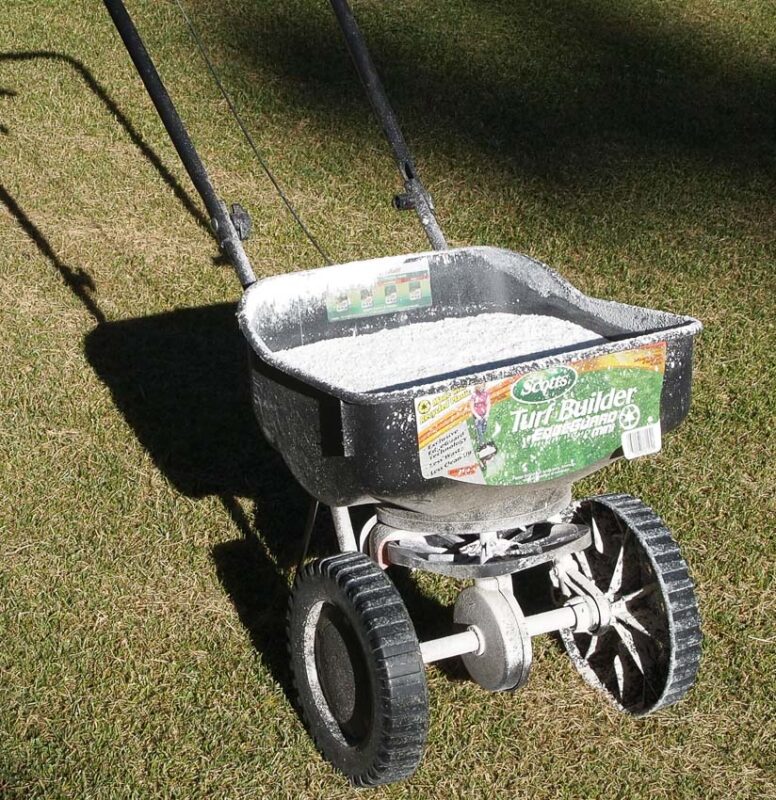
You might need to stir the hopper frequently to prevent clumping.
Drop spreaders provide a more accurate application, as they apply the same amount no matter how fast you go, and they work better than broadcast spreaders when applying powdered lime. However, many prefer broadcast spreaders because they fling the product in all directions.
Step 5: Water Your Lawn After Liming
Prevent leaf burn by watering your grass after you lime your lawn. Watering also helps your lawn to absorb the lime.
The Importance of Regular Lawn Maintenance
Regular lawn maintenance lets you enjoy a lush green lawn that your neighbors will envy. When you mow, water, and fertilize your lawn properly, it’s more resistant to weeds, diseases, fungi, and drought.
Enjoy a Healthy, Lush Lawn with Proper Liming
Liming must be part of your regular lawn maintenance to ensure a healthy lawn. Over time, proper lawn care results in lowered pH levels.
Activities like watering and fertilizing, combined with the natural decomposition of organic matter, naturally lower the pH of your soil, causing it to be more acidic. Adding lime will make nutrients more available to your grass, resulting in a thick green lawn.
FAQ: Common Questions About Liming a Lawn
Q1: How often should I lime my lawn?
Generally, you should only apply lime every three to five years. However, if your soil is very acidic when you start liming, you might need to add lime every year until the pH is balanced.
Q2: Can I use too much lime on my lawn?
Yes, you can use too much lime on your lawn. First, test your soil’s pH, then follow the step-by-step instructions to calculate how much lime you need. Never use more than 50 pounds per 1,000 sq ft.
Q3: How long does it take for lime to work on a lawn?
How long it takes for lime to work on a lawn depends on several factors, including the size of the lime particles, the type of soil, microbial activity, and the pH level when you start. If the lime is tilled into the soil, it will speed up the neutralization process.
Lime placed on top of the lawn can take two years to move two inches into the soil.
Q4: What is the best time of year to lime a lawn?
Fall is the best time to lime a lawn because the lime will have time to break down and react with the soil to balance out the pH before you plant in the spring. You can also apply lime in the spring.
Q5: Can I apply lime and fertilizer at the same time?
If your soil has a low pH, apply lime before applying fertilizer.
A common saying among agriculturists is “lime takes time.” Depending on the size of the lime particles, it can take up to six months to balance the pH in your soil.
Since plants struggle to absorb critical nutrients in acidic soils, fertilizing will be less effective until the acidity is neutralized. If your soil’s pH is already balanced, you can apply lime and fertilizer simultaneously.

